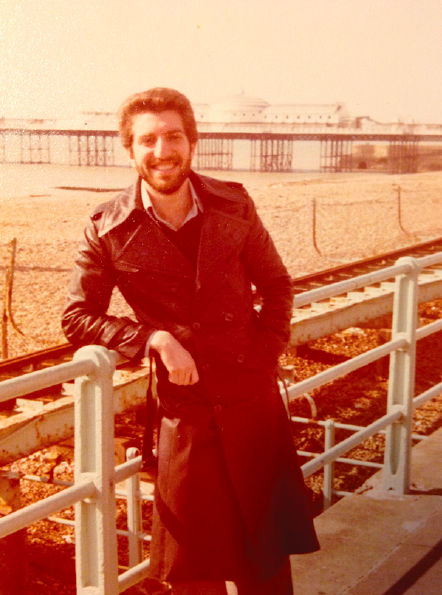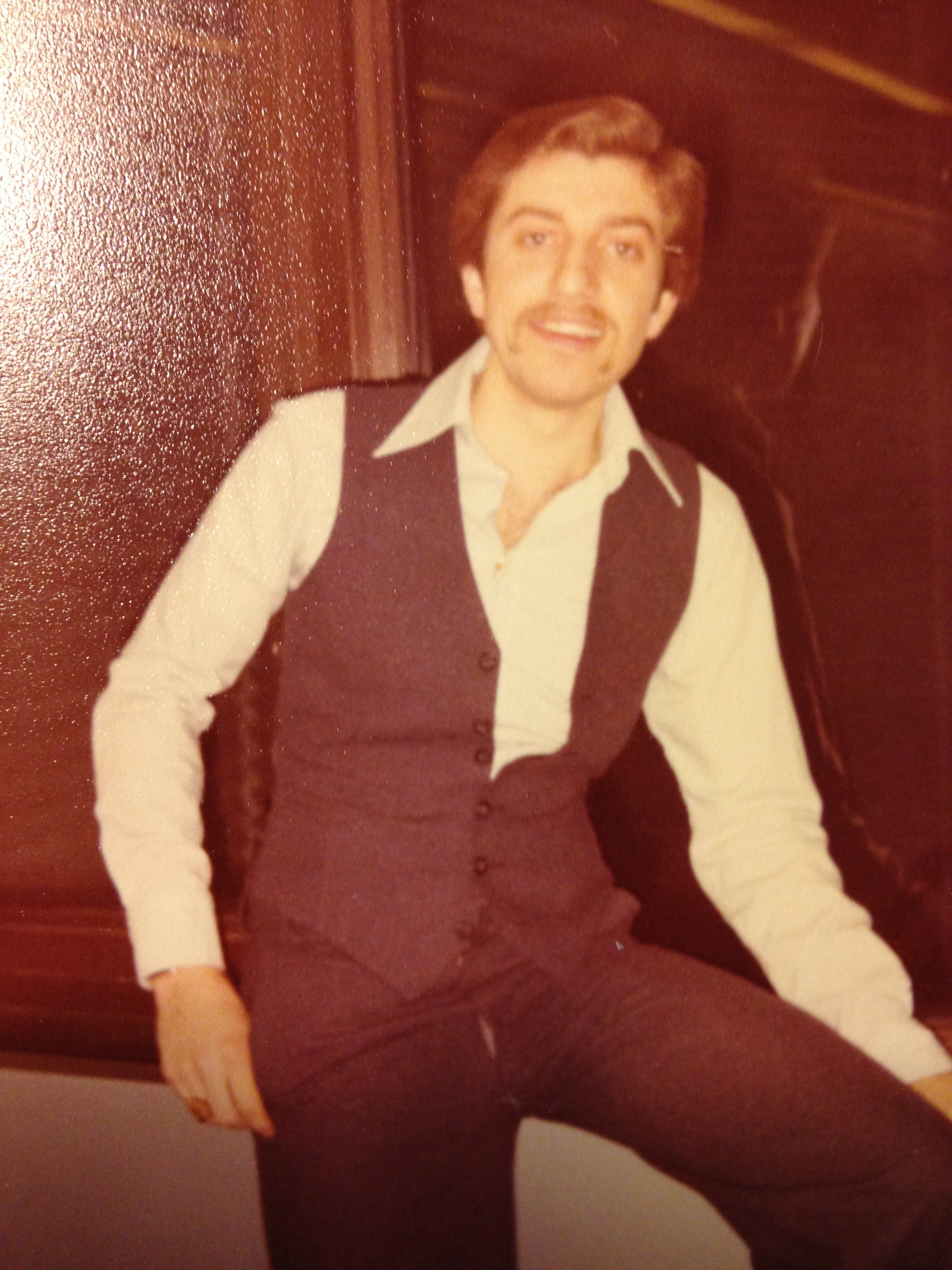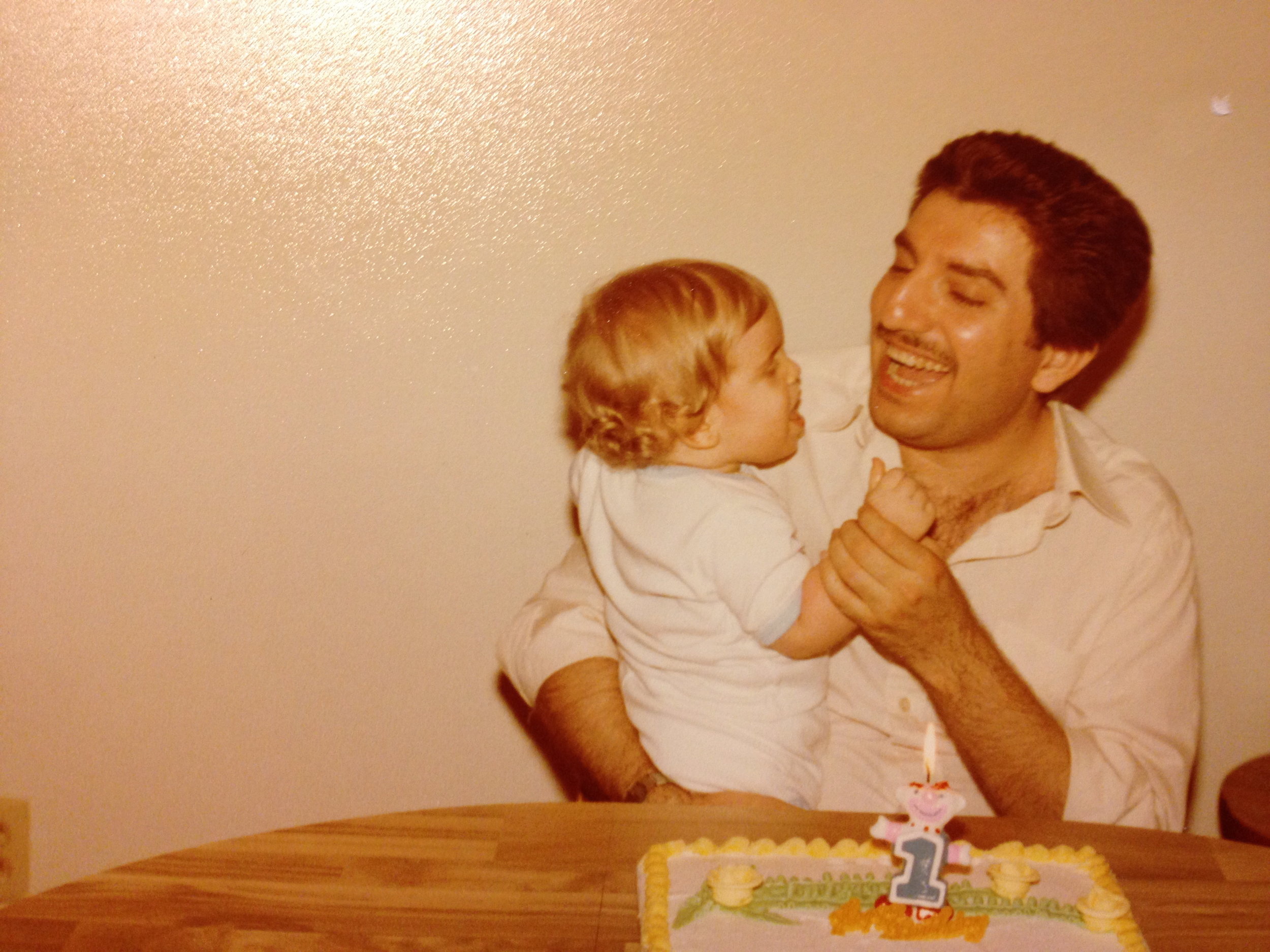Rocketing a Career
Engineer takes the U.S. to new heights while working with Lockheed Martin
By Ashourina Slewo
Taking the position of associate engineer at Lockheed, now known as Lockheed Martin, who had signed a contract with NASA to work on the space shuttle program, in April of 1981, Saad Jamoua was one of a small handful of foreigners and the only Iraqi working there.
Fresh out of the University of Westminster in London, this was Jamoua’s first job, ever.
“It [was] a dream job,” said Jamoua. “I remember when I attended [an] HR meeting for training at BOSCH and they started out by having everyone stand and talk about their first job and I heard people say their first job was at McDonalds or they worked in a school or in some restaurant and I stood up and said, ‘my first job was on the space shuttle program working on the Columbia.’”
Having worked with Lockheed for about five years, Jamoua had worked on a number of projects and created a number of memories that he would not soon forget.
“I had two major duties, one was to start the simulator in the morning and take direction from the astronauts, not just John Young and Bob Crippen, but other astronauts also,” said Jamoua. “They [would] run the simulator and if I had installed a new interface, then I would show them whatever interface they saw in the cockpit. They would also use my hand controllers and give me feedback as to how it worked, how easy it was. Then other times I would be just busy installing a new interface and debugging it.”
Jamoua’s work for Lockheed was primarily focused around the Columbia, designing various parts and ensuring their functionality.
“I worked on the scene select system for the forward and aft cockpits of the space shuttle Columbia,” said Jamoua. “I also worked on the load bay arm hand controllers and I designed multiple computer interfaces that connected the front and aft cockpits to the engineering and vehicle dynamic simulators.”
Jamoua recalls the first flight of the Columbia as his favorite moment during his time as Lockheed in Clear Lake City, Texas. “It was the first flight and I was directly involved in it. I mean it was STS-1, the first flight of the space shuttle,” he explained.
Among the projects, were the people. From astronauts to proud Iraqis, Jamoua met a variety of people while working in Houston and even revered.
“I used to get many contacts from Iraq because they heard there is an Iraqi working on the space shuttle program,” said Jamoua. “I heard that in one of the press conferences among a bunch of people, there was a delegation of Iraqi students going back to Iraq at the invitation of Saddam Hussein and in his first meeting [Hussein mentioned] that there is one Iraqi working at the space program in the United States and he was giving them an example of how far the Iraqis had gone.”
By the time Jamoua left Lockheed in April of 1986, he had progressed from an associate engineer to senior engineer.
“I think the day I left Houston was the saddest day of my life. I couldn’t be any [dumber] to be leaving such work and to go to Michigan and live in Michigan,” said Jamoua. “If you tell my story to anyone they’ll say ‘that’s crazy, that’s unbelievable. Someone leaves the space shuttle program to live in Detroit.’”
Looking back, Jamoua, now Director at Nexteer Automotive, doesn’t know how he was able to manage working on the space shuttle program, teaching computer science classes at the University of Houston, and raising three sons with his wife. “I was buried in my job,” he explained. “I mean right now when I look back at it, I can’t imagine how I managed. But I did.”
As busy as the job kept him, Jamoua still gets nostalgic when thinking of his time working on the space shuttle program. “I still feel a great sense of pride to have that in my life and being able to talk to my children about it and one day even my grandchildren.”
Citing recent developments, such as that of Elon Musk launching a Tesla on a SpaceX rocket into space to demonstrate its ability to carry heavy payloads, Jamoua believes the space shuttle program is coming back.
With this resurgence, Jamoua hopes to see a renewed interest in the space program from young engineers. “I think the space shuttle program is coming back on both sides on government and private industry side,” he explained. “There was talk about restarting the space program and going to Mars. All this [is] just incredibly interesting and I hope to see us in Mars and maybe even beyond.”











